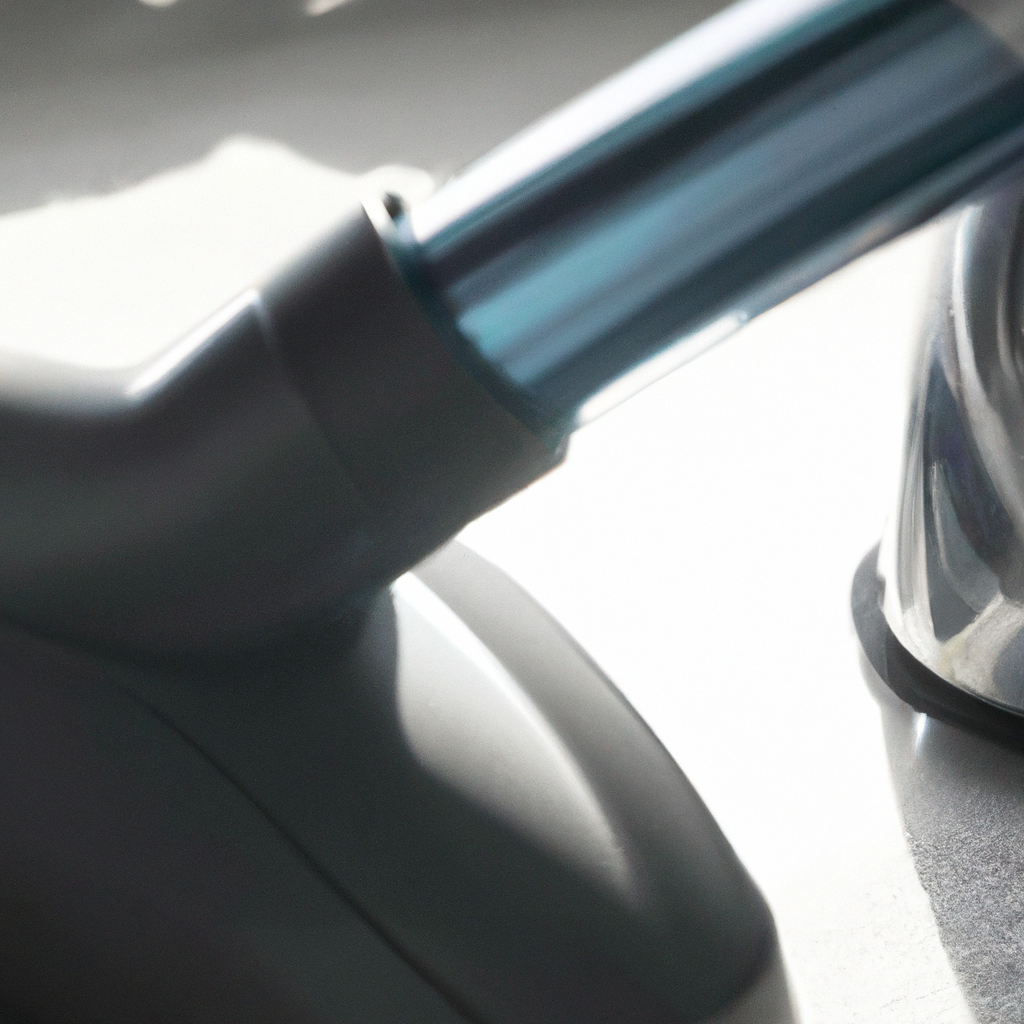When it comes to cleaning our homes, there’s no denying that vacuum cleaners are an essential tool. But have you ever wondered how they work? The answer lies in how a vacuum cleaner creates suction. In this article, we’ll explore the inner workings of a vacuum cleaner and the science behind how it creates suction.
Airflow: The Foundation of Suction
Before we dive into the details of how a vacuum cleaner creates suction, we need to understand the basics of airflow. Airflow is the movement of air from an area of high pressure to an area of low pressure. This concept is the foundation of suction and is what allows a vacuum cleaner to remove dirt and debris from your floors.
The Motor: The Heart of a Vacuum Cleaner
The motor is the heart of a vacuum cleaner. It powers the machine and provides the suction that pulls dirt and debris into the vacuum’s canister or bag. The motor works by creating a low-pressure area inside the vacuum cleaner. This low-pressure area, also known as a vacuum, pulls air and dirt into the machine.
Cyclone Technology: Enhancing Suction
Cyclone technology is a feature found in some vacuum cleaners that enhances the suction power of the machine. This technology works by creating a vortex of air inside the vacuum cleaner. As the air spins, it creates centrifugal force, which pushes dirt and debris towards the outer edges of the vortex. This allows the vacuum cleaner to capture more dirt and debris and improves the machine’s overall suction power.
The Role of Filters
Filters play a crucial role in a vacuum cleaner’s ability to create suction. They prevent dirt and debris from clogging the machine’s motor and blocking the airflow. Filters come in different forms, including foam, HEPA, and dust bags. HEPA filters are particularly effective at capturing small particles like pollen and dust mites, making them an excellent choice for people with allergies or asthma.
The Importance of Hose and Attachments
A vacuum cleaner’s hose and attachments also play an important role in its ability to create suction. The hose allows air to flow from the floor to the canister or bag, and the attachments help to direct airflow towards specific areas like corners, upholstery, and stairs.
Maximizing Suction
To maximize a vacuum cleaner’s suction power, it’s essential to keep the machine well-maintained. Regularly changing the filters, cleaning the brush roll, and emptying the canister or bag will keep the machine running smoothly and ensure that it continues to create powerful suction.
In conclusion, a vacuum cleaner creates suction by creating a low-pressure area inside the machine, which pulls air and dirt towards the canister or bag. Cyclone technology enhances suction by creating a vortex of air that captures more dirt and debris. Filters, hoses, and attachments also play important roles in a vacuum cleaner’s ability to create suction. By understanding the science behind how a vacuum cleaner creates suction, you can choose the right machine for your needs and keep it running at its best.







